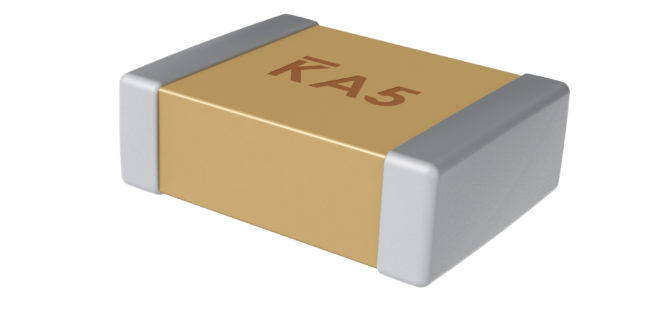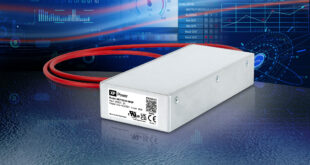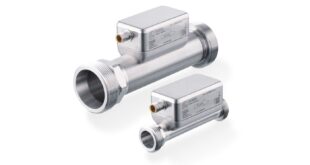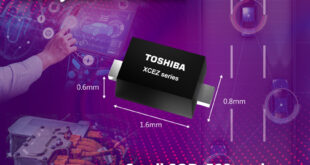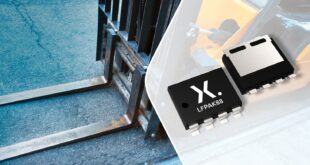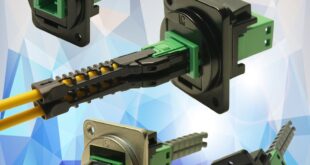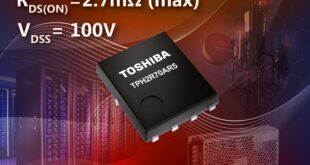Kemet, a supplier of electronic components, is the first and only supplier to offer both Class-I and Class-II base metal electrode (BME) multilayer ceramic capacitors (MLCCs) qualified for defence and aerospace applications by the Defense Logistics Agency (DLA).
The DLA recently accepted Kemet‘s X7R dielectric MIL-PRF-32535 for ‘M’ and ’T’ reliability levels.
MIL-PRF-32535 is the first DLA capacitor specification for defence and aerospace that capitalises on industry-leading base metal electrode (BME) technology.
In December 2017, Kemet announced DLA approval for C0G and BP Class-I dielectrics which are ideal for critical timing, tuning, pulse, AC, and transient voltage suppression applications where capacitance stability may be a concern.
With the recent DLA approval of Kemet’s X7R Class-II dielectric, design engineers will now have access to ceramic capacitors that offer up to a 55-fold increase in capacitance values as compared to the offerings under traditional specifications using precious metal electrodes (PME).
These capacitors are ideal for decoupling, bypass, filtering, and bulk storage for military, avionics and space applications.
MIL-PRF-32535 is also the first DLA specification to recognise a flexible termination option.
Flexible termination
Kemet’s flexible termination utilises a pliable conductive silver epoxy in the termination system.
The addition of this epoxy layer inhibits the transfer of board stress to the rigid ceramic body, therefore mitigating flex cracks that can result in low insulation resistance or short circuit failures.
“Kemet has been a leader in BME ceramic capacitor development for over 20 years,” said Dr Abhijit Gurav, KEMET Vice President of Ceramic Technology. “These new Class-I and Class-II capacitor ranges were qualified through the extremely stringent requirements of the MIL-PRF-32535 specification, and still offer significantly higher capacitance values than the MIL-PRF-123 and 55681 specifications. This enables more circuit functionality in defence and space applications while allowing significant component miniaturisation and payload weight reduction.”
 Engineer News Network The ultimate online news and information resource for today’s engineer
Engineer News Network The ultimate online news and information resource for today’s engineer
